A Service Trip in Chiquimula, Guatemala
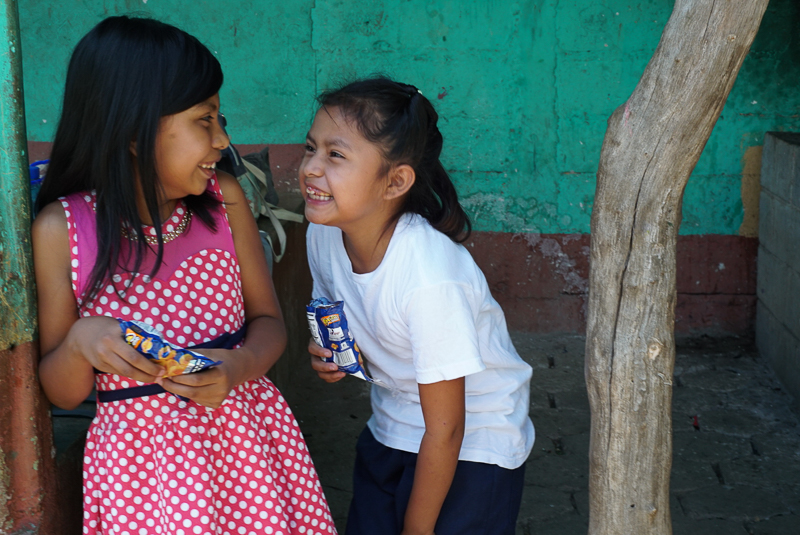
There were several different reasons why I wanted to go on this trip with Hopscotch the Globe and Vivid Roots, and one of the main reasons was because the trip was based around contributing to the educational system of a village in Chiquimula.
In the past few years, I’ve spent a lot of time thinking about the implications of tourism and travel, specifically service-based travel. There’s been a lot of criticism surrounding voluntourism—the idea that foreigners volunteering abroad do more damage to a community than they help. It’s the notion that when a group of 22 year olds who don’t speak a country’s native language fly in for a week to “see how people of developing countries live” only do it under the guise of selfishness. That all they do is feel thankful for having the resources of the western world, take a few pictures with the locals to show how “woke” they’ve become, and then fly back to their home countries, business as usual.
It’s the belief that separate is always better, because privilege somehow always makes things worse.
It’s that narrative that’s made me hesitant to volunteer abroad, and that same narrative that lead to my questioning Vivid Roots about their funding structure, relationship with the villages they work with, and how they interfaces with the government in Guatemala.
It’s also silly that certain stigmas make us hesitate to participate in these trips for fear of being regarded as “the bad guy.”
Vivid Roots started with four American guys who met in college, went through a life changing trip in Guatemala, and decided that they wanted to help the people that they met during their service trip. So they created Vivid Roots with the mission of bringing clean water into communities in Guatemala. You can read more about them here, but they’ve done a lot to pave a path between people from different countries and backgrounds and create a community that makes a difference in places like Chiquimula.
Arriving in Chiquimula
We arrived at Los Laureles, a resort lined with mango trees, in Chiquimula on Sunday night.
Early the next morning, the eight of us piled into the back of a pickup truck and drove for 45 minutes into the village of San Jacinto.
The previous year, the group that went to Guatemala had built a playground (a luxury for the village) for one of the local schools. Our mission was to repaint the school.
Unfortunately that Monday was a national holiday, so we didn’t get to meet any of the students or teachers, but we did get a majority of the painting done (along with the help of some of the locals from the city. Actually, let’s be real. They did most of the work.)


Jessica, our local guide, hosted us for lunch, where she made us a homecooked meal. It was hands down the best food of the trip.
Touring the Village
On Tuesday, after a morning of painting, a few of us took a romp around the village on the motorcycles before heading into one of the houses to meet some of the parents and students who lived in the area.






San Jacinto/Chiquimula had a town centre where small shops and restaurants were available to pick up basic necessities, but most of the residents lived outside of the town in one-room houses made of mud, wood, and straw.
It wasn’t uncommon to see three generations of families sharing a one-room house. The home we visited had electricity connected into the bedroom that the kids shared so that they could stay inside and watch tv on hot days. The family had the Guatemalen staples of rice and beans heating up on the stove locating around the side of the house.
Meeting the Kids
On Tuesday afternoon, we finally got to meet the kids. We swung by the store to grab toys to donate to the school—balls, rackets, chalk, jumpropes. Then we spent an hour playing with the kids during recess.
We noticed a remarkable difference between kids we knew in North America compared to San Jacinto. These kids were absolutely ecstatic to play during recess and we spent over an hour chasing them around on the playground and throwing balls back and forth.
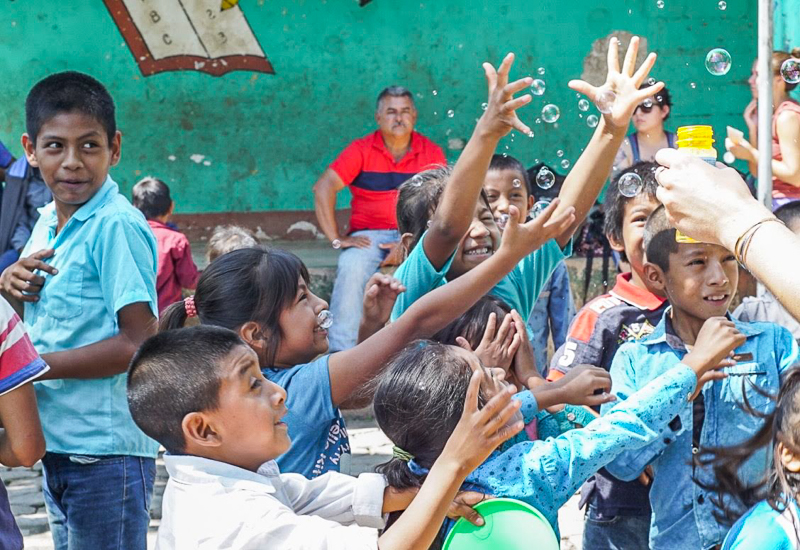
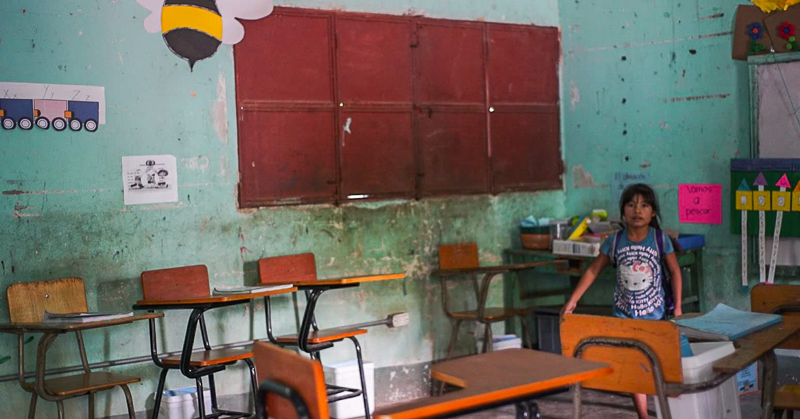

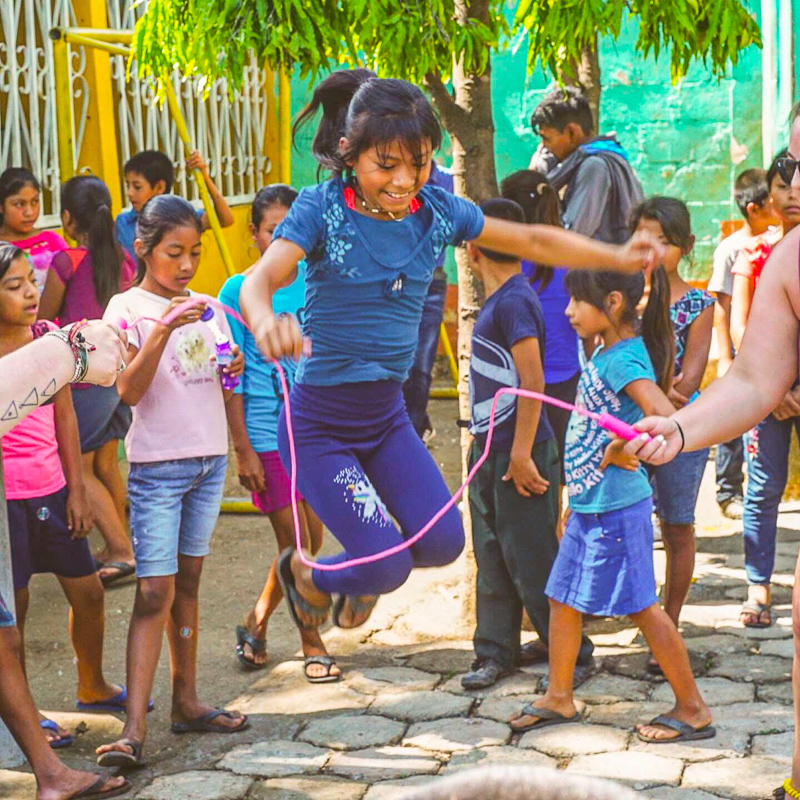
Later that afternoon, the kids went home. Unlike the U.S., school in Guatemala is only in session for a few hours each day, and in certain areas kids are only required to attend school up to sixth grade.
A few of the kids stayed behind to laugh at us help us paint.



Eventually the day came to a close and we had to say goodbye. It was our last day of painting, and Wednesday was spent visiting the school that the group from last year worked with to build the playground.
We spent the morning playing with the kids, who challenged us to a game of volleyball and brutally defeated us.



Heading to Hotel Backpackers/Casa Guatemala
After 2.5 days in San Jacinto, we headed to our next destination—the jungles of northeast Guatemala.
Before heading into the wilderness, we stayed overnight at Hotel Backpackers, which was owned by the folks at Casa Guatemala.
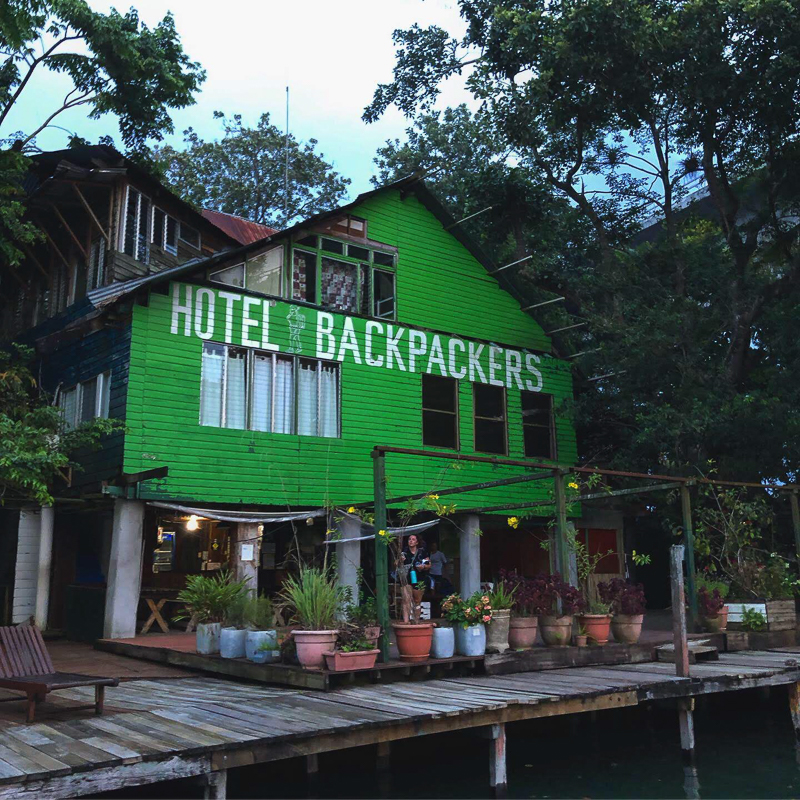
Casa Guatemala is an NGO that uplifts children and the surrounding community through public health, education, and providing food for the surrounding communities. They’ve paved the way for so many kids to graduate through grade school and eventually go on to high school and college. These children often return with the means to improve the lives of their communities.
On our last day before heading back to Guatemala City, we had the chance to visit Casa Guatemala and speak with their current manager about how they’ve grown the past few decades.




I don’t think I can quite put into words how impactful this part of the trip was to our group. At the end of the day, we barely made a dent in the lives of the kids in San Jacinto, but it put into perspective how far the currency of our home countries goes around the rest of the world. Did they actually need us to physically be there to paint the school? Absolutely not, but being able to see how the contributions from our trip directly impacts a community makes a huge difference.